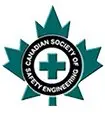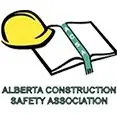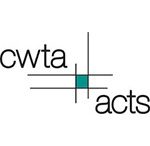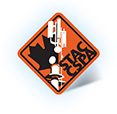Posted: Feb 28 '18
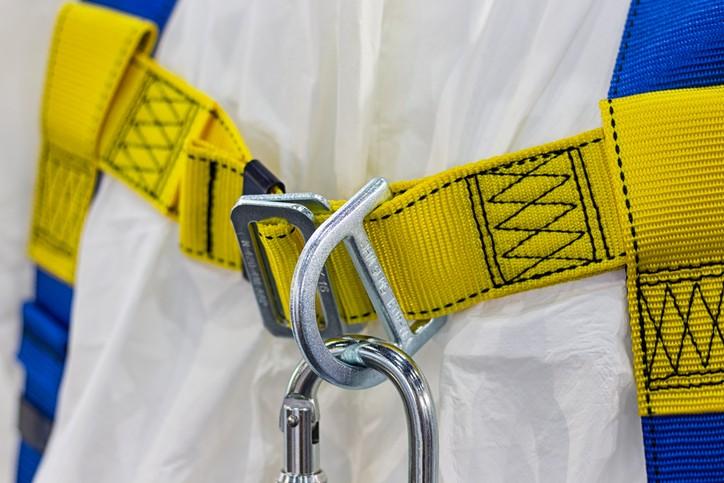
Workers should always wear the appropriate fall protection equipment when working at heights greater than three meters. However, protecting yourself from fall-related accidents means more than wearing the proper safety equipment. To ensure your safety, a comprehensive fall protection program that places importance on the continued training of workers and the inspection of equipment must be implemented. In addition to our fall protection course featuring real-world scenarios on our training towers in Devon, here are MI Safety’s tips for fall protection inspection.
When used in conjunction with safety best practices, fall protection equipment saves lives. However, it’s important to understand that fall protection equipment is effective only when it is used correctly and is subjected to routine inspections - fall protection equipment should be inspected before every use.
Should you doubt the condition of the equipment, inform your supervisor immediately to ensure that the defective equipment is replaced. Note: any equipment involved in a fall should be replaced.
Many accidents involving the improper application or failure of fall protection equipment can usually be avoided by simply following the manufacturer's instructions. The safety equipment is heavily regulated, and therefore safety devices will have a clear purpose for which they are designed. While performing your fall protection inspection, make sure to also note any listed limitations of the device and hazard warnings. Also, read the instructions for fitting and adjusting the equipment carefully and ensure that recommendations involving care, maintenance, and storage are considered.
When performing a fall protection inspection, pay careful attention for damage to the webbing. Begin at one end of the device, bend the webbing in an upside-down U shape and look for damaged edges, broken webbing, loose stitching, and general wear-and-tear. If a deficiency is detected, contact your supervisor and replace as per the manufacturer’s recommendations.
When inspecting a buckle, look for torn or stretched holes that may cause the buckle to slip. Never cut or punch additional holes in your belt – if it doesn’t fit, then you need to be refitted. A rope should be uniform throughout its length and must be inspected for distortion – as weak areas are identified via abnormal rope diameter caused by stretching.
Advances in safety equipment have allowed workplace injuries and fatalities to become less common. To ensure your equipment works the way it was designed to, ensure that it is maintained and used correctly. For more information on fall protection inspection, contact us today.
REQUEST INFO ON OUR COURSES